Politics
NRM is a tested force that has delivered peace and stability—Museveni
“We are a tested force. We have walked Uganda through every challenge and delivered stability,” President Museveni said, emphasising that peace remains the foundation on which all national progress is built.
NRM is a tested force that has delivered peace and stability—Museveni
By: Admin ., Journalists @New Vision
___________________
President Yoweri Museveni has reaffirmed that the ruling party remains the only political force with a proven record of steering Uganda from instability to peace and development.
Addressing thousands of supporters during a campaign rally in Rukungiri on November 26, 2025, the President, who is the presidential flag-bearer for the National Resistance Movement (NRM) party, said the people of Kigezi understand better than most citizens what it means to live without security.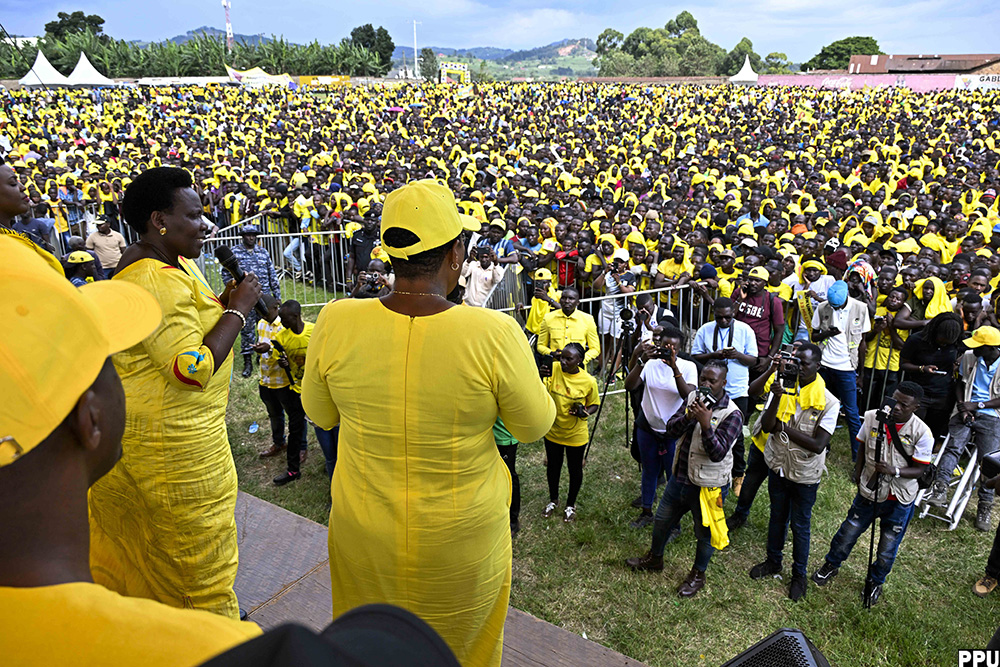
Communities in areas such as Kanungu–Kihihi, he noted, once lived under constant fear due to insecurity spilling over from the DR Congo border.
“We are a tested force. We have walked Uganda through every challenge and delivered stability,” President Museveni said, emphasising that peace remains the foundation on which all national progress is built.
The President underscored NRM’s approach to development, prioritising essentials and working steadily within available resources.
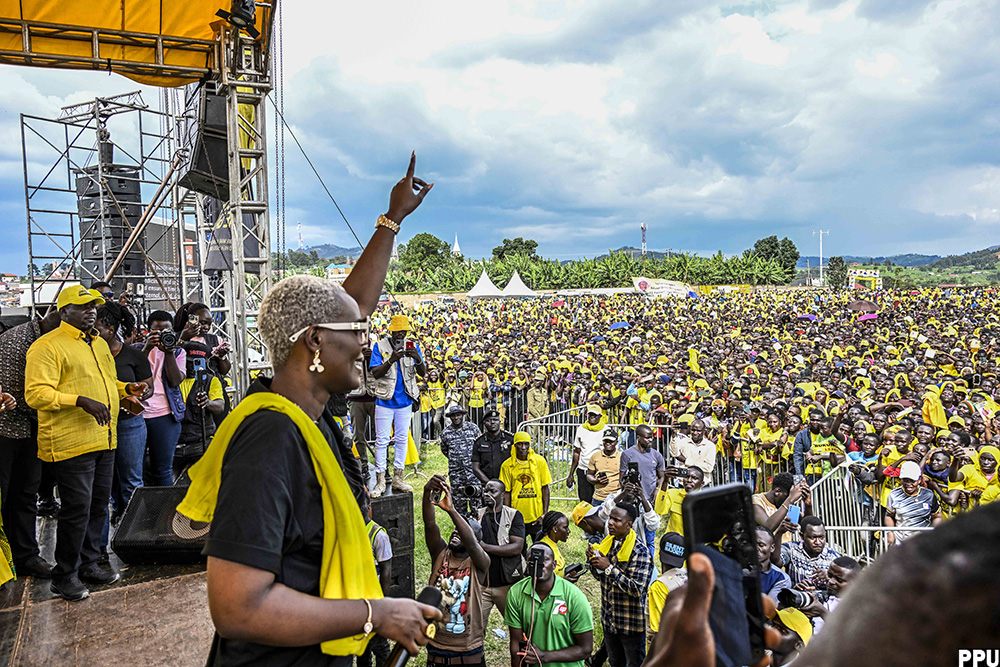
He explained that government spending begins with security, followed by key services such as roads, electricity, schools, and health facilities.
The President pointed to completed works such as the Ntungamo– Rukungiri– Kihihi–Ishasha–Kanungu Road.
He also announced new projects, including the Muhanga– Kisiizi– Rwamucucu–Kebisoni Road and the Kabwohe–Kitagata–Kabira–Rukungiri Road.
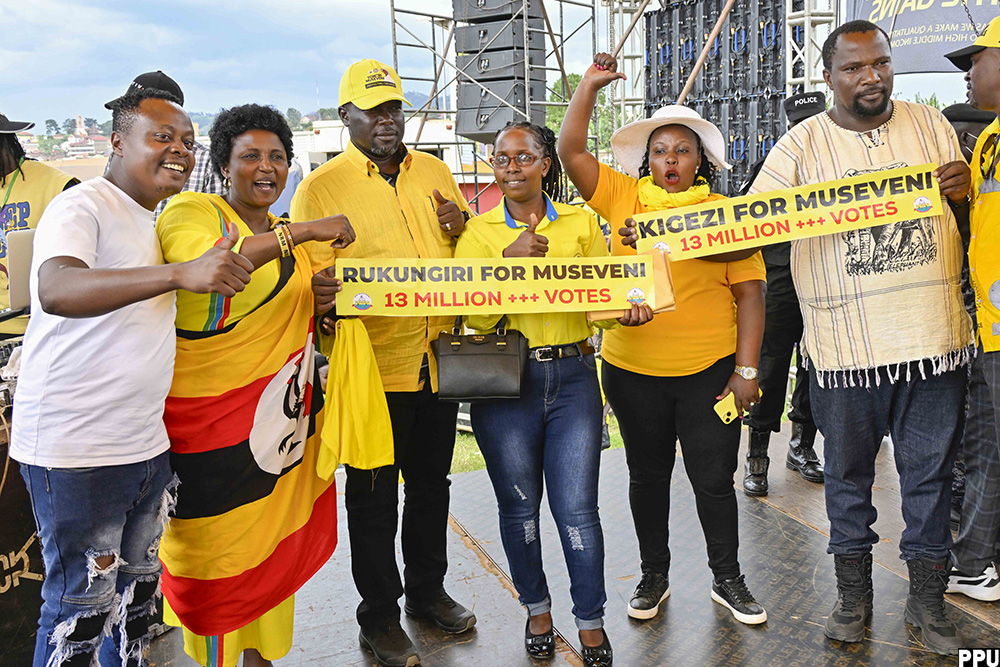
“NRM prioritises what matters. We don’t lie, and we don’t promise miracles, we are not Jesus,” he said.
He highlighted major gains in rural electrification, noting that areas which previously had no power are now fully connected, including Bushenyi, Rwashamaire, Rukungiri, Kabale, and Kisoro.
“The government is now working to ensure every sub-county is connected so that no household or enterprise is left behind,” he said.
President Museveni also praised the resilience of the Bakiga in overcoming geographical hardship.
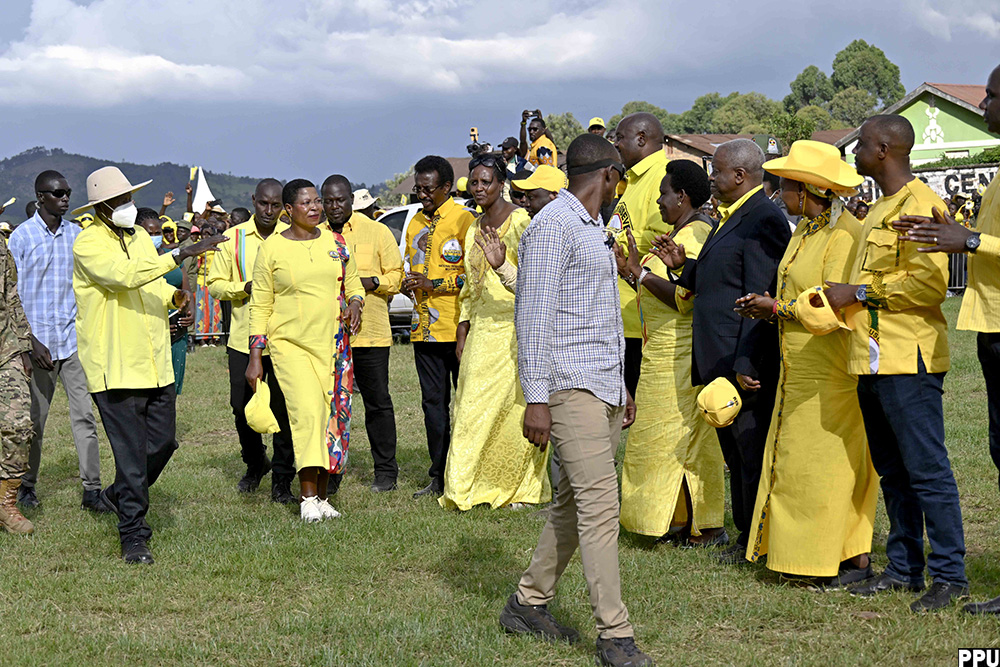
He promised further investment in irrigation systems capable of lifting water uphill so farmers can grow crops throughout the year. This, he said, will help families break the cycle of seasonal poverty.
While celebrating the infrastructural transformation of the region, the President reminded residents that development alone cannot create prosperity without personal effort.
Embrace wealth creation
He urged families to embrace wealth creation using available government initiatives such as Entandikwa, NAADS, Operation Wealth Creation (OWC), Emyooga, and the Parish Development Model (PDM).

“Poverty is personal, and so is wealth. These opportunities are not for the rich, they are for ordinary people,” he said.
President Museveni explained that jobs in government are limited to only 480,000 compared to the population of 50 million while industrial parks already employ 1.3 million Ugandans.
“Therefore, let us focus on household income and wealth and transform our lives,” he noted.
The President also handed over the NRM flags to aspiring Members of Parliament, LC5 chairperson, councillors, and other party candidates in Rukungiri District, formally endorsing their participation in the upcoming elections.
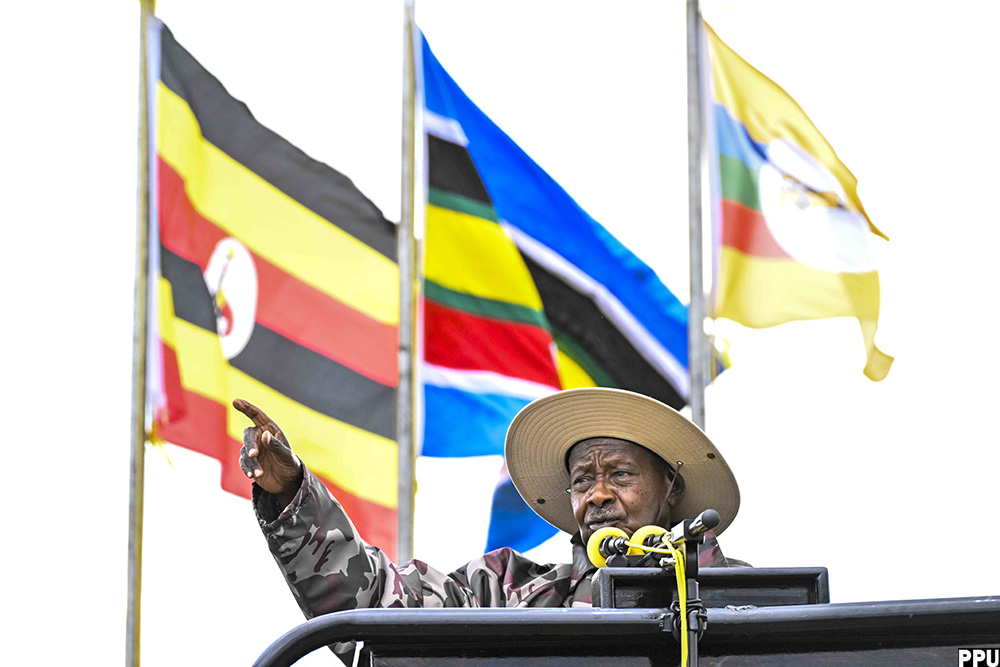
He further welcomed converts from the opposition, including long-time FDC diehards, who joined the NRM.
A testimony of transformation
Among the many who turned up for the rally was Immaculate Aturinda from Kebisoni, whose life story embodies the impact of skilling and government programmes.
She dropped out of school in Senior Three and worked as a house girl before joining the Kigezi Presidential Industrial Skilling Hub.
At the hub, she received free training, food, medical care and all the materials needed to study tailoring. Today, Immaculate owns a small sewing business in Kebisoni and employs two young people.
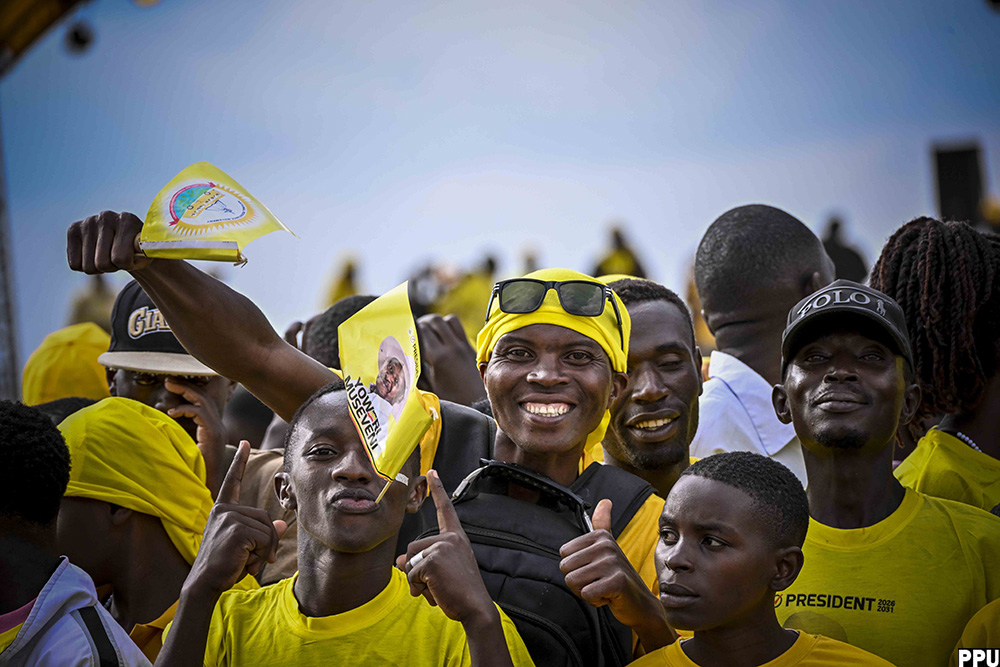
She now earns about Shs300,000 per month, income she says has restored her dignity and independence.
Former Prime Minister Amama Mbabazi, speaking at a campaign rally, said the people of Rukungiri have consistently demonstrated strong support for the NRM because they have witnessed tangible results.
“We came here to ask you for your votes. Rukungiri has always stood firm with the NRM,” he said.
Security minister and NRM district chairperson for Rukungiri Maj. Gen. Jim Muhwezi echoed the call, saying the district’s transformation is visible across all sectors: roads, schools, water, health, and household incomes.
“Rukungiri has gained a lot, and these gains must be protected,” he said.
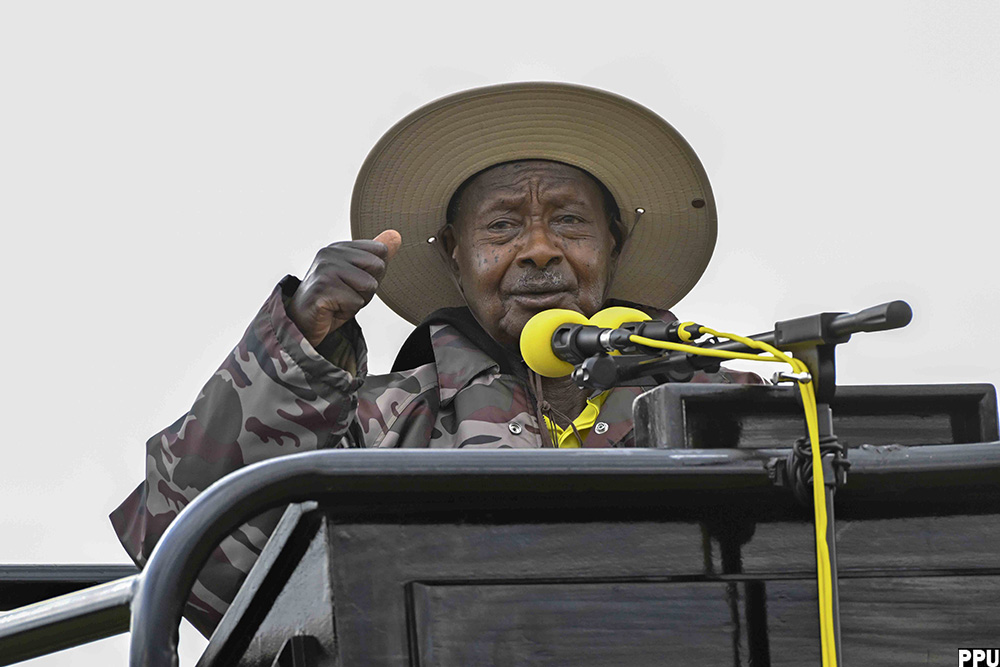
He then presented an extensive fact sheet outlining the achievements registered across the district and municipality.
Rukungiri district and Rukungiri Municipality together have 16 sub-counties and town councils, 105 parishes and 831 villages.
According to Muhwezi, the Parish Development Model (PDM) has made strong strides in the areas; Rukungiri District (93 parishes) received Shs 23.16 billion, and Shs 23.20 billion has already been disbursed to 23,611 households.
Rukungiri Municipality (12 parishes) received Shs 4.92 billion, and Shs 4.93 billion has reached 4,951 households.
Out of 87,193 households, 28,562 (32.7%) have already benefited from PDM.
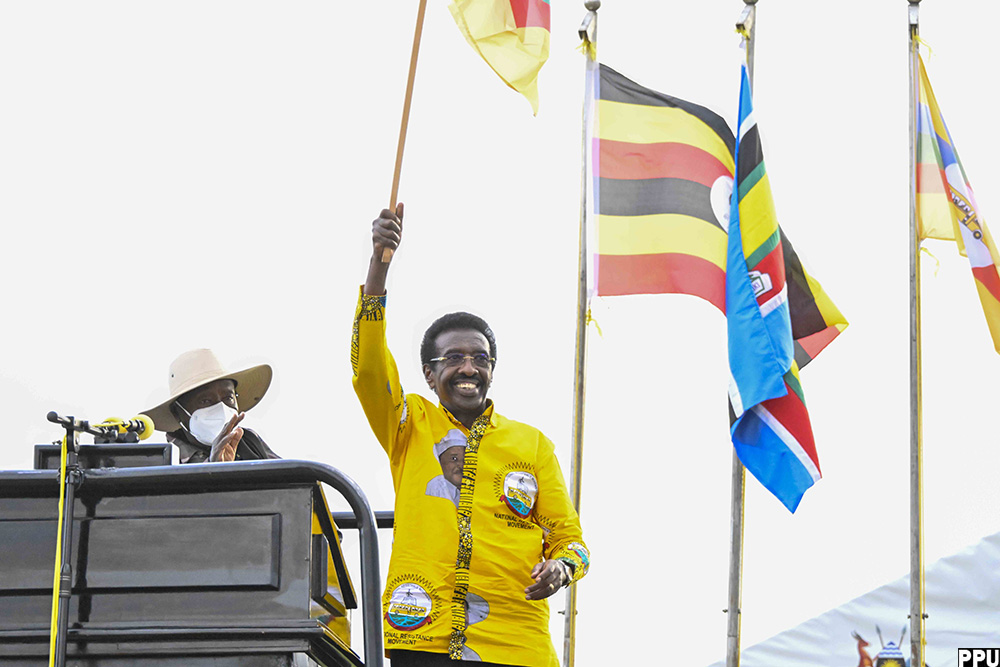
He emphasised that these numbers show real progress in uplifting ordinary families.
The district and municipality have 54 Emyooga SACCOs with a combined membership of 22,334 people. The government has injected Shs 2.56 billion into these groups to stimulate enterprise growth.
Education sector milestones
Rukungiri’s education sector has registered some of the fastest improvements in the region: 178 government primary schools and 181 private primary schools. 30 government secondary schools and 29 private secondary schools; 28 of the 30 government secondary schools offer USE and UPOLET.
Out of the 105 parishes, 83 already host a government primary school, though 22 still lack one.
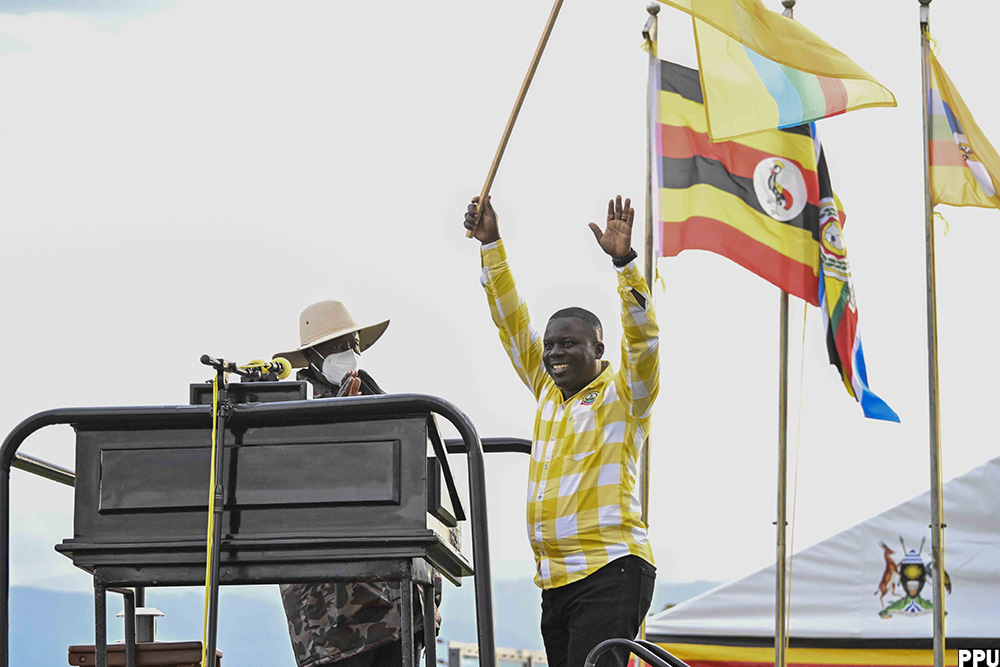
At secondary level, Rukungiri District has 25 government secondary schools, all providing USE and UPOLET to 16,577 learners. Rukungiri Municipality has five government secondary schools, three of which offer USE to 1,298 learners.
Construction of two new Seed Secondary Schools is ongoing. Once completed, only one sub-county in the district will remain without a government secondary school.
Out of the 16 sub-counties, four have HCIVs, 13 have HCIIIs, leaving only one sub-county without any health facility.
Planned interventions include: Upgrading Rwerere HCII to HCIII, expanding immunisation programmes, strengthening malaria eradication efforts, deploying ICT tools to monitor medicines and health worker attendance and building staff houses and equipping all health units.
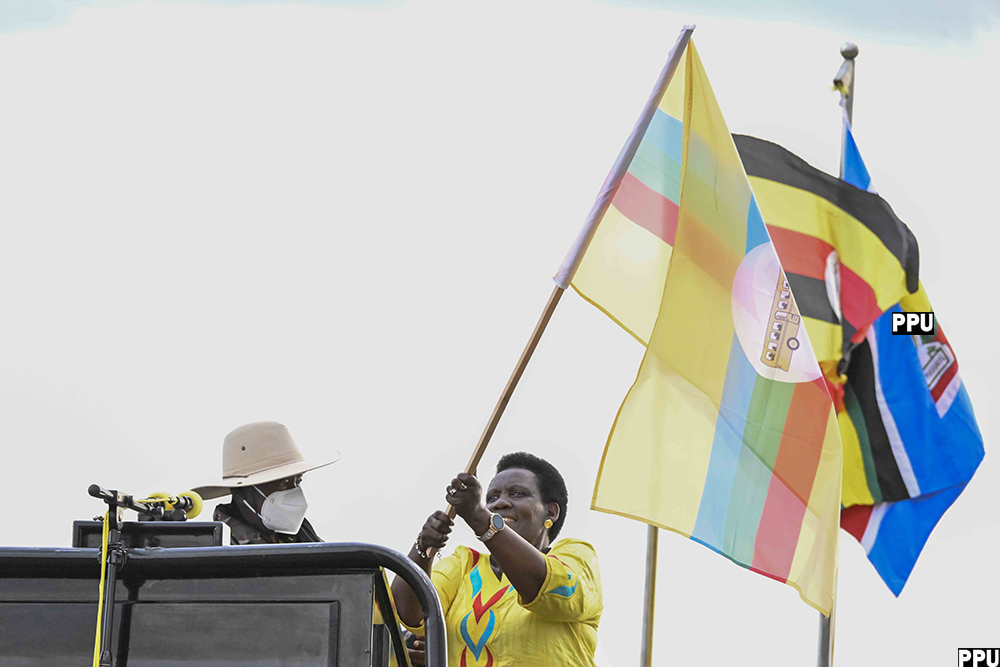
Safe water access
Safe water access in Rukungiri now stands at 85%, with 709 out of 831 villages having a functional safe water source.
Completed water projects include: six protected springs, full designs for Omukatooma and Kashenyi piped systems, construction of Kateramo Piped Water System (serving 1,200 residents), rehabilitation of Kashenyi system, a public latrine at Nangara P/S and installation of a small piped system in Burombe and 45 rehabilitated boreholes.
Piped water supply systems are now operational in major town councils, including Rukungiri Municipality, Kebisoni, Buyanja, Bikurungu, and several Rural Growth Centres such as Nyakagyeme, Nyarushanje, Kisiizi, Bwanga-Kiyenje, Kabuga, among others.
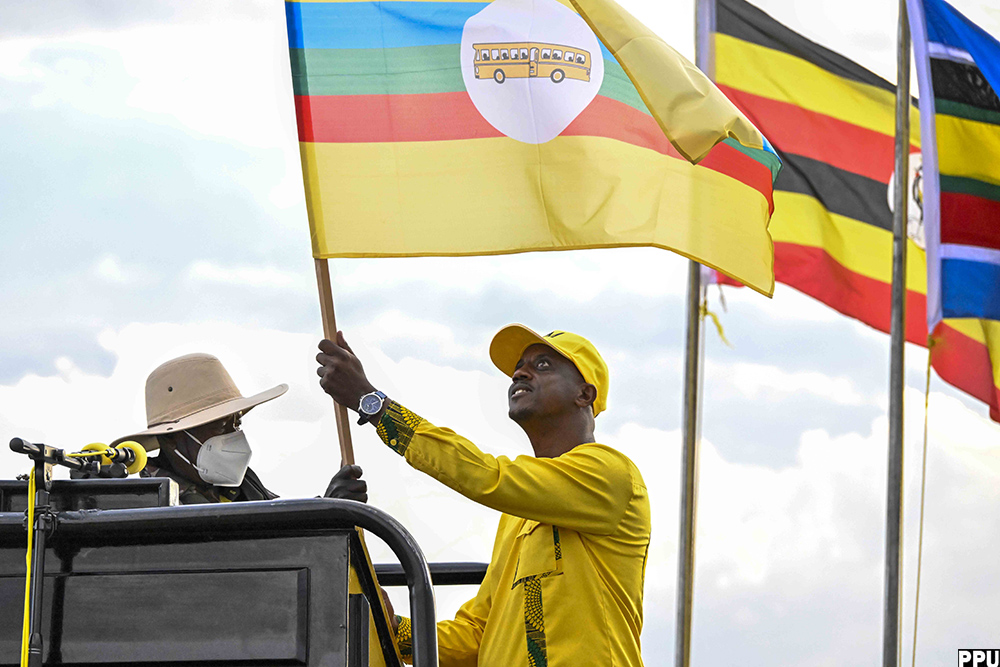
Ongoing works include the expansion of piped systems in the three town councils and the construction of the Kikarara–Garuka Piped Water System.
Other completed projects include: Rwakabengo communal valley tank (5,000 m³) serving 1,539 livestock, Garuka Solar Irrigation Scheme (15 acres), producing 8.4 tonnes of tomatoes annually and earning farmers about Shs 13.2 million and Rwengyero Solar Irrigation Scheme (6 acres), yielding 4.8 tonnes of bananas and coffee annually, worth Shs 10 million.
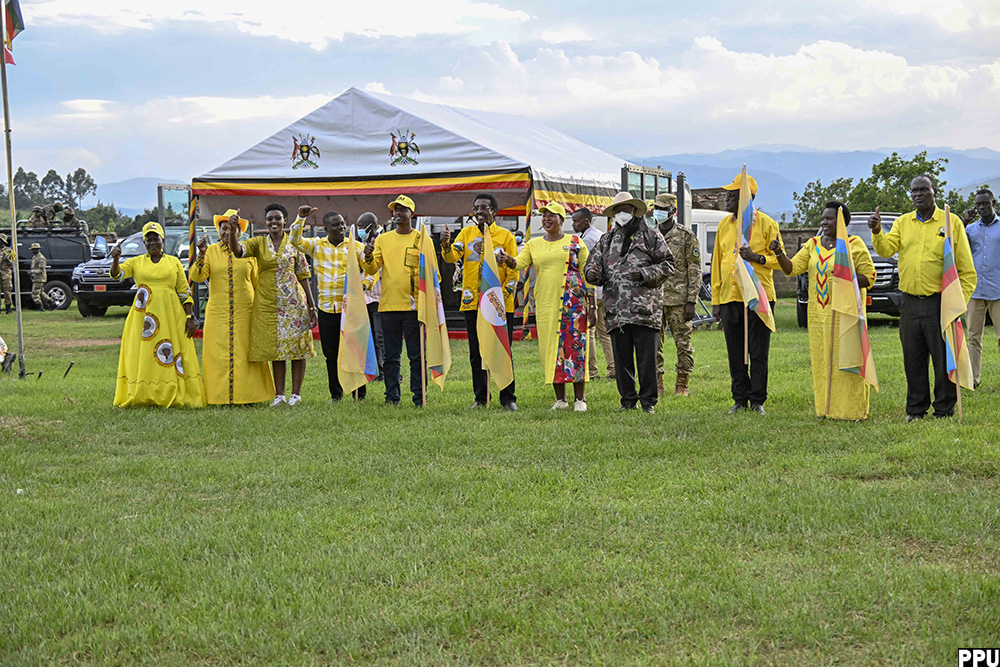
Gen. Muhwezi noted that Rukungiri is now fully connected to the national electricity grid, enabling more households and businesses to access reliable power.
The event was attended by NRM Central Executive Committee (CEC) members, Members of Parliament, religious and cultural leaders, as well as thousands of supporters.